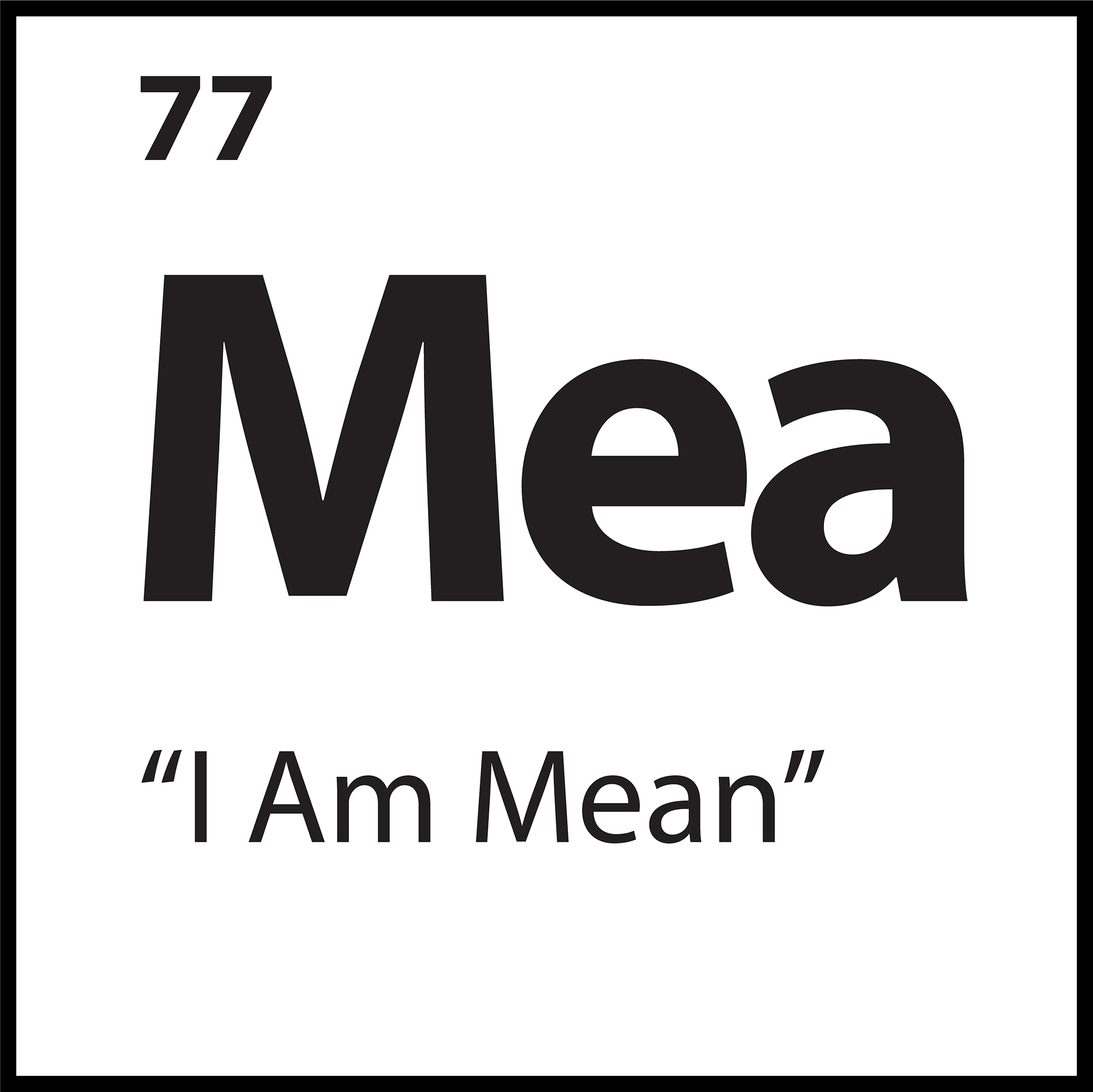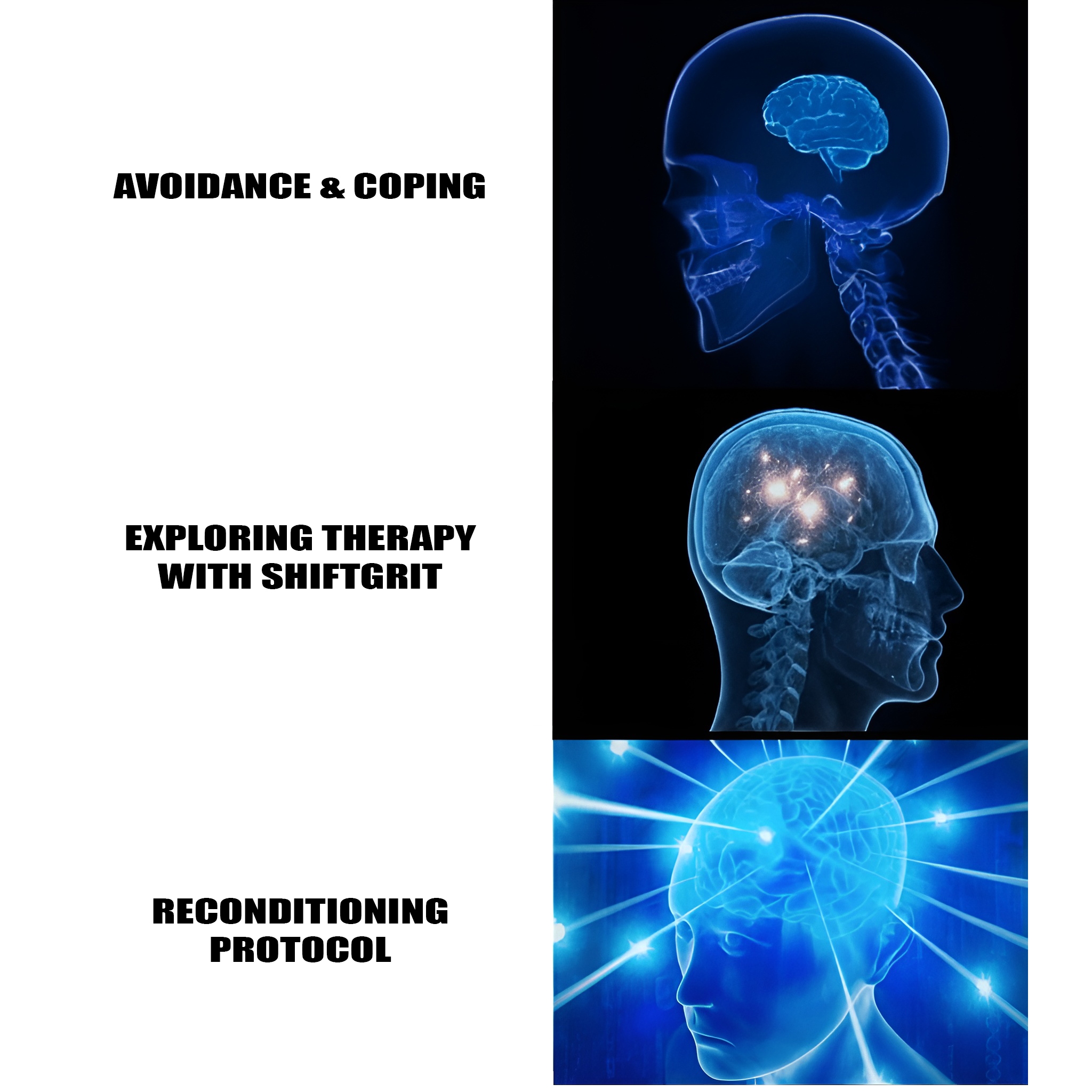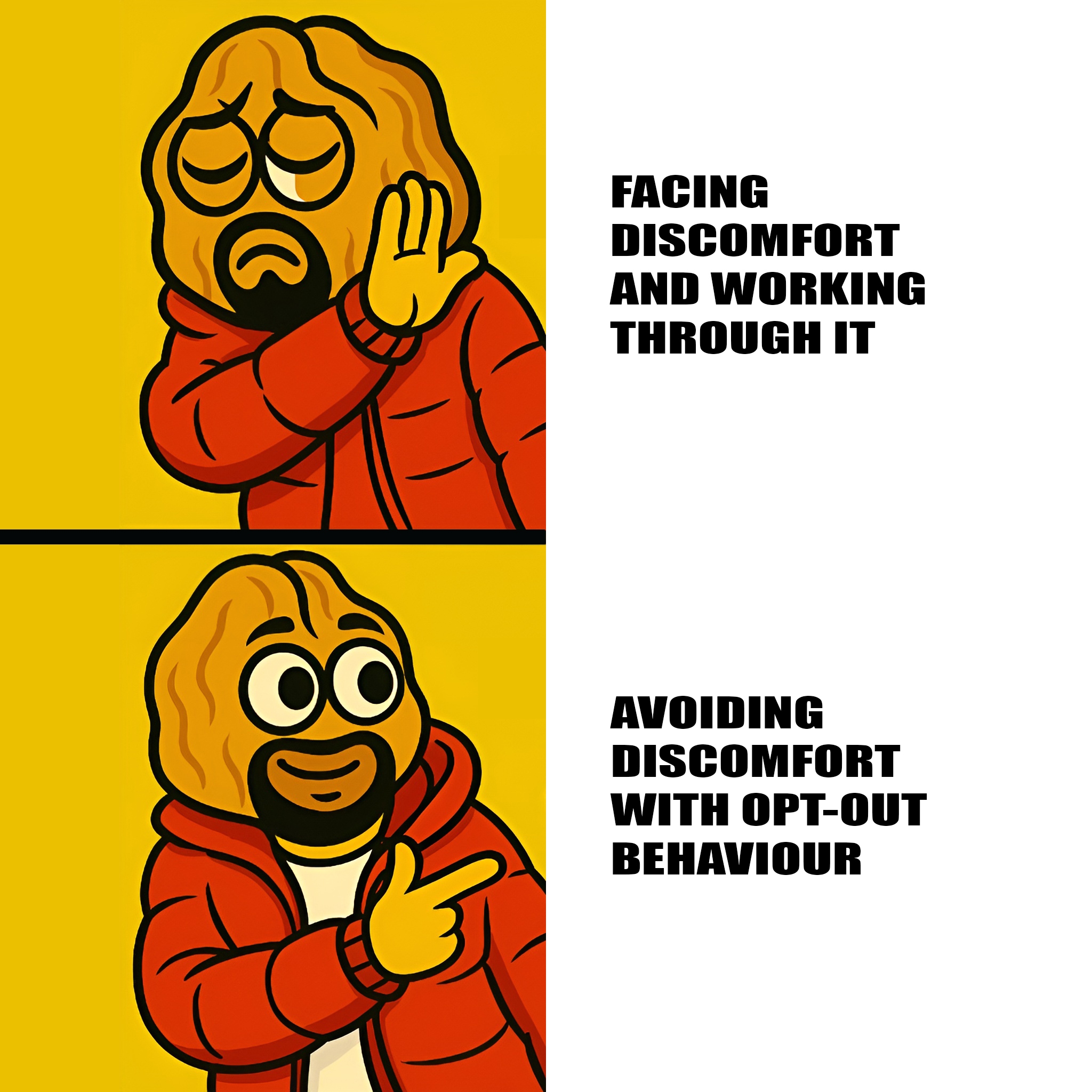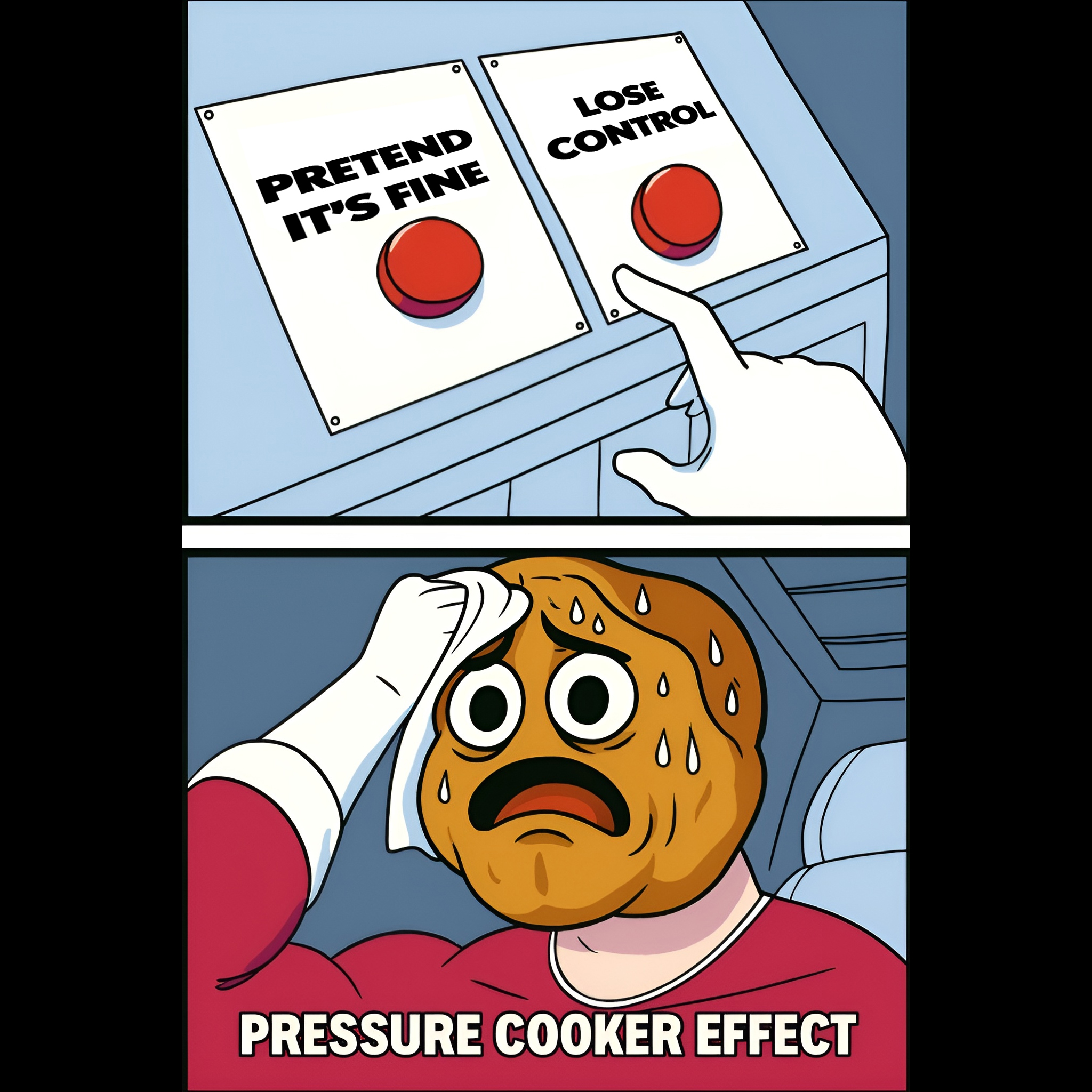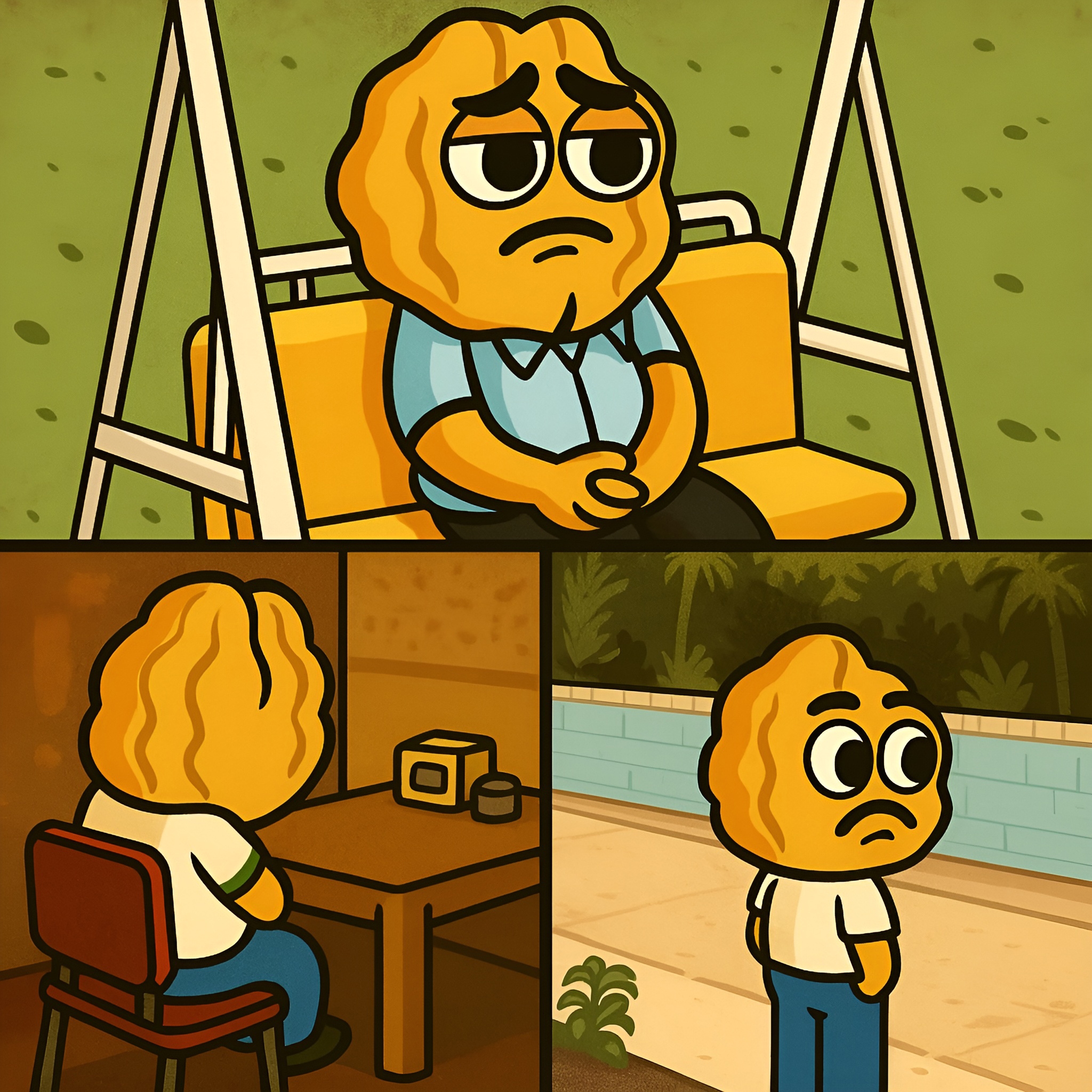This belief tends to form in environments where directness, anger, or even simple emotional expression was misunderstood or punished. Over time, the person internalizes the idea that their presence, tone, or truth is inherently damaging. Rather than risk being perceived as aggressive or cold, they retreat from confrontation—or overcorrect with excessive politeness, silence, or guilt.
It’s not that they are mean—it’s that they’ve learned to fear the consequences of being seen that way.
What It Sounds Like Internally:
- “Why do I always sound so harsh?”
- “I think I hurt their feelings—again.”
- “I didn’t mean to come across that way.”
- “People are afraid of me.”
- “I need to be careful how I say things.”
Where It Shows Up:
- Apologizing for tone or wording even when no one reacted negatively
- Withdrawing after arguments or avoiding honest conversations
- Guilt after setting a boundary or standing up for yourself
- Trouble expressing anger without self-shame
- Overthinking texts, emails, or feedback after sending
What It Can Lead To:
- Emotional suppression
- Chronic guilt or shame around communication
- Identity confusion between assertiveness and cruelty
- Conflict avoidance and resentment build-up
- Self-silencing or “walking on eggshells” in relationships
Want to Dive Deeper into the “I Am Mean” Pattern?
Discover related beliefs, emotional triggers, and how therapy can help you recondition this deep-rooted belief for real change.
What Therapy Targets:
Identity-Level Therapy helps surface the origin of this belief—often linked to how caregivers responded to anger, boundaries, or emotional intensity. Through Pattern Reconditioning, we rewire the automatic association between expression and punishment.
Instead of defaulting to self-censorship, clients develop clarity around what assertiveness is and isn’t. They learn to trust their tone again. Therapy also breaks the loop of shame that can follow even healthy emotional expression, making space for honest, regulated communication.
👉 Explore the Therapy Approach →
👉 See the Full Pattern Breakdown →
